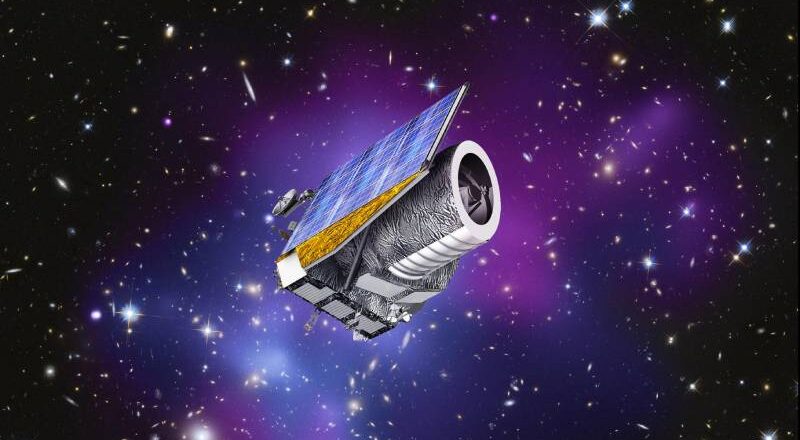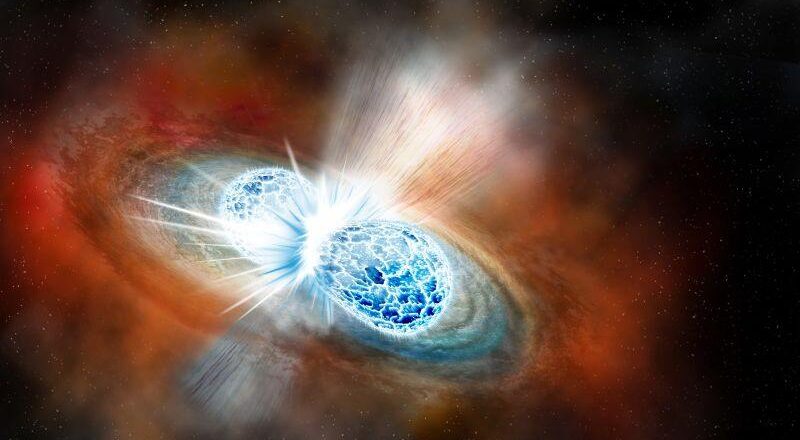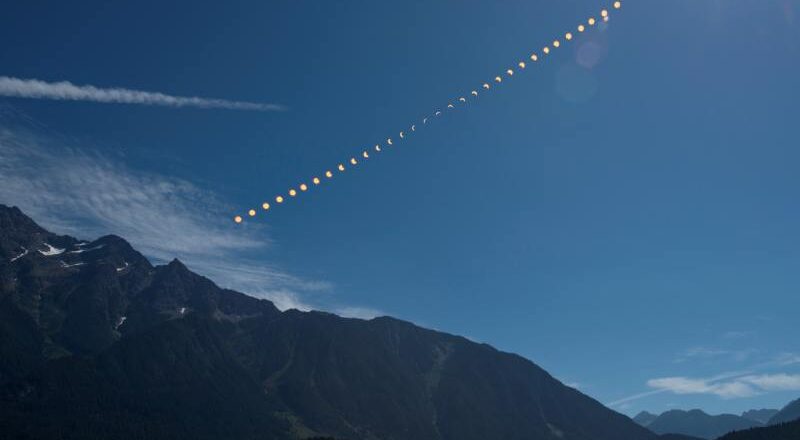Numerous Student Teams From Across The Globe Gear Up For The NASA Rover Challenge
"NASA Rover Challenge Gears Up with 72 Student Teams Worldwide"
NASA has chosen 72 student teams to embark on an engineering design challenge aimed at creating human-powered rovers. These innovative vehicles will compete in an exciting event set for April next year at the U.S. Space & Rocket Center, situated near NASA's Marshall Space Flight Center in Huntsville, Alabama.
As the Human Exploration Rover Challenge celebrates its 30th anniversary in 2024, it continues to engage high school, college, and university students. Their mission is to conceive, construct, and rigorously test lightweight human-powered rovers. These rovers must navigate an obstacle course designed to simulate the challenging terrain of both the Moon and Mars, all while accomplishing mission-oriented scientif...






